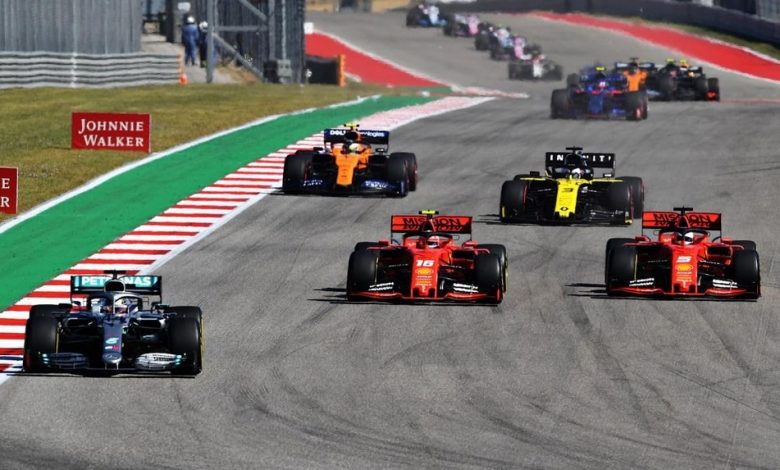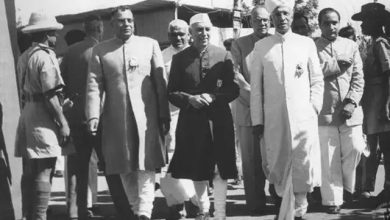Formula 1 Racing: The world’s Most Expensive Sports Created a New Milestone
“The racing itself represents the first class of everything,” says Ringo Lee Yiu-pui, president of the Hong Kong Automobile Association, the governing body for motorsport in the city.

The craze of Formula 1 or F1 can be seen all over the world. People of all ages are fond of it. The craze of Formula One World Championship can be gauged from the fact that today it is known as a big business. It is the top group in auto racing sanctioned by the Fédération Internationale de l’Automobile (FIA).
“The racing itself represents the first class of everything,” says Ringo Lee Yiu-pui, president of the Hong Kong Automobile Association, the governing body for motorsport in the city. “The participants are mostly sponsored or developed by the leading enterprises of the car industry, with their best engineering teams, to build the fastest vehicles. With all these investments, not only has Formula 1 cultivated a luxurious image and attracted an elite crowd, but also participating in Formula One represents an elite identity.”
Talking about its origins, it originated with the European Grand Prix motor racing of the 1920s and 1930s. After the Second World War it got a wide acceptance. After this, its World Championship was organized for the first time for which rules were made. The first Formula 1 race world championship race was held in 1950 at Silverstone, UK. It was won by Italian Giuseppe Farina. After this it was occupied by Fangio of Argentina in 1951, 1954, 1955, 1956 and 1957. His record was broken by Germany’s Michael Schumacher in 2003 when he won his sixth title. However, even after breaking this record, Fangies is considered the Grand Master of Formula 1.
The initial Formula 1 race was dominated by the Alfa Romeo, Ferrari, Mercedes Benz and Maserati teams. Their specialty was their excellent design, tyres, engines, which gave more power to the car in less time. Later on, other teams also participated and as a result both the design and technology of the cars kept changing. In 1958, Mike Hawthorne was the first British to win this world championship. He used Ferrari for this.
Formula 1 Racing: These Cars Don’t Come Cheap
One will set you back an absolute minimum of about US$10 million, but most teams spend a lot more than that. A budget cap introduced from the current season limits the annual spending of each team to US$145 million, dropping by US$5 million for each of the next two seasons. This, to be clear, constitutes a Formula One team being financially prudent. Before that, the spending of some teams could run to half a billion, with US$200 million and more going on engines alone.
Promoters Don’t Get off Easily
Their hosting fee, while a closely guarded secret, is believed to be in excess of US$30 million, while the costs of staging a race can run to twice that or more. The circuits are also pretty costly: the bill for the Shanghai International Circuit, completed in 2004, came in at more than US$300 million. And the Formula 1 package itself comes at a hefty price, with US company Liberty Media shelling out US$4.4 billion for the series in 2017.
Sponsorship contributes almost half of the sport’s revenue – Formula 1 pioneered the concept of sports sponsorship back in the 1960s – and it comes from a pretty select bunch: the likes of Rolex, Ray-Ban, Vistajet, Tag Heuer, Richard Mille, Bombardier, Ritz-Carlton, Aston Martin and Hilton. It’s a natural fit for many of them: the sport itself has many of the characteristics that luxury brands either exhibit already or aspire to, including exclusivity, prestige and expense – the whiff of danger probably doesn’t hurt, either. Prices range from a few hundred thousand dollars a season to the estimated US$50 million-plus that Philip Morris pays Ferrari, in an arrangement that dates back to 1973.





